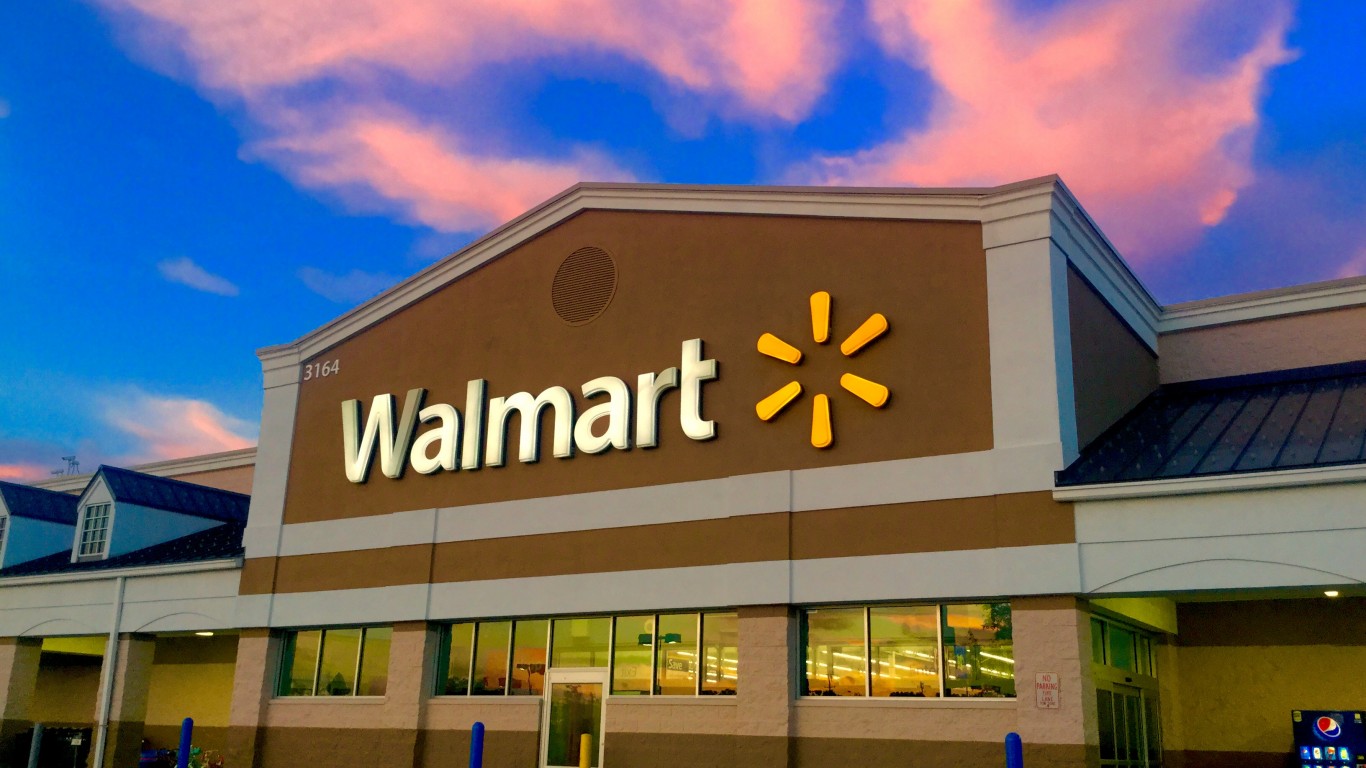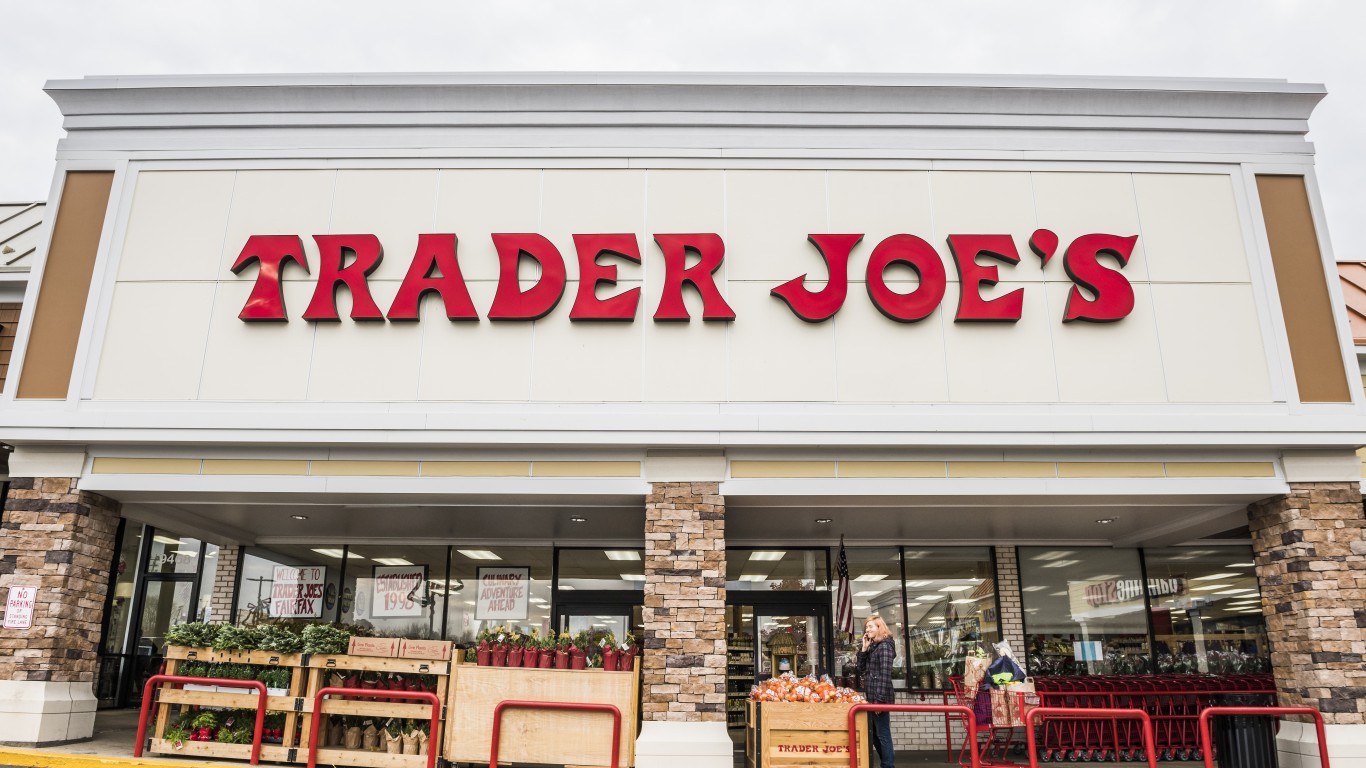
Few things are as bleak or depressing as the American grocery store. Aisles and aisles lit by fluorescent light lined with thousands of plastic containers filled with foods created in factories with high fructose corn syrup, food dye, and other harmful ingredients. The image of dozens of people struggling to find what they need, wandering the aisles like the walking dead, as they weigh the price of two types of canned food paste that is as unappetizing as it is unhealthy.
Trader Joe’s and Whole Foods Market (NYSE: WFM) (usually shortened to just Whole Foods) have tried to change that system. And in many ways, they have. By changing everything from the layout of the shopping floor, and the food selection, to how customer return their carts, they are slowly influencing the way Americans think about grocery shopping. In fact, both stores have been so successful that they even have their very own fanbases of passionate supporters.
As younger Americans reach higher levels of employment with larger amounts of disposable income, they have begun to explore beyond the aisles of their nearest grocery store and have found a better shopping experience within Trader Joe’s and Whole Foods. But what’s the difference between the two, and what are the pros and cons of shopping at either?
Background on Trader Joe’s and Whole Foods
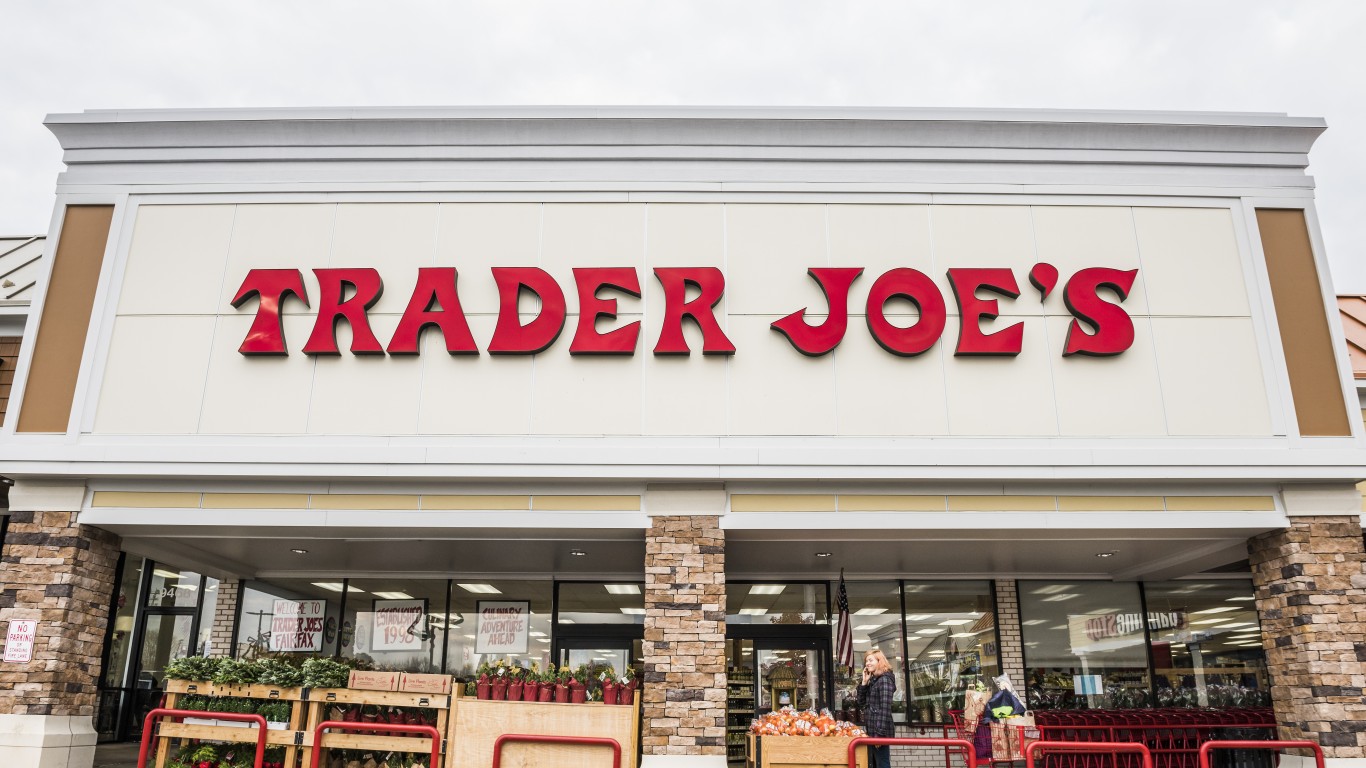
First things first, even though both companies are grocery stores, they appeal to two very different demographics and offer drastically different selections of food and other products. They don’t directly compete with each other. That being said, most American shoppers prefer to return to the same store instead of multiple during their shopping trips for convenience. So, if there is a Trader Joe’s and a Whole Foods near where you live, this is still a valid decision you might feel you need to make.
Whole Foods is an American Amazon-owned (NYSE: AMZN) supermarket chain founded in 1980 that focuses on healthier alternatives to traditional groceries. They sell food and products free of artificial ingredients such as artificial colors, sweeteners, flavors, and preservatives. They don’t sell products with hydrogenated fats and include a wide array of organic and healthier foods. They only sell foods the store qualifies as “natural”. This includes food that is, at most, minimally processed. They maintain a list of unacceptable ingredients on their website and don’t sell products that come from ecologically irresponsible or harmful sources, like foie gras or non-cage-free chickens.
Trader Joe’s was founded in 1967 as a smaller and cheaper alternative to large grocery stores. While most American grocery stores have over 50,000 products on their shelves, Trader Joe’s only has 4,000, and 80% of those items are products sold under the Trader Joe’s brand name. These stares are known for being small, almost cramped, and quaint. There are usually only one or two selections for any given product, and they are significantly cheaper than alternatives since there are no large brand name options available. Because they cut out the expensive brands, Trader Joe’s offers a cheaper alternative for vegetarian, organic, frozen, and gourmet foods.
Both stores are seen as valuable additions in almost every neighborhood. In fact, the retail company Zillow (NASDAQ: Z) found that between 1997 and 2014, homes that were close to either a Trader Joe’s or Whole Foods actually were more valuable than other homes, and grew in value much faster and consistently than the average U.S. house.
Pros of Shopping at Trader Joe’s and Whole Foods
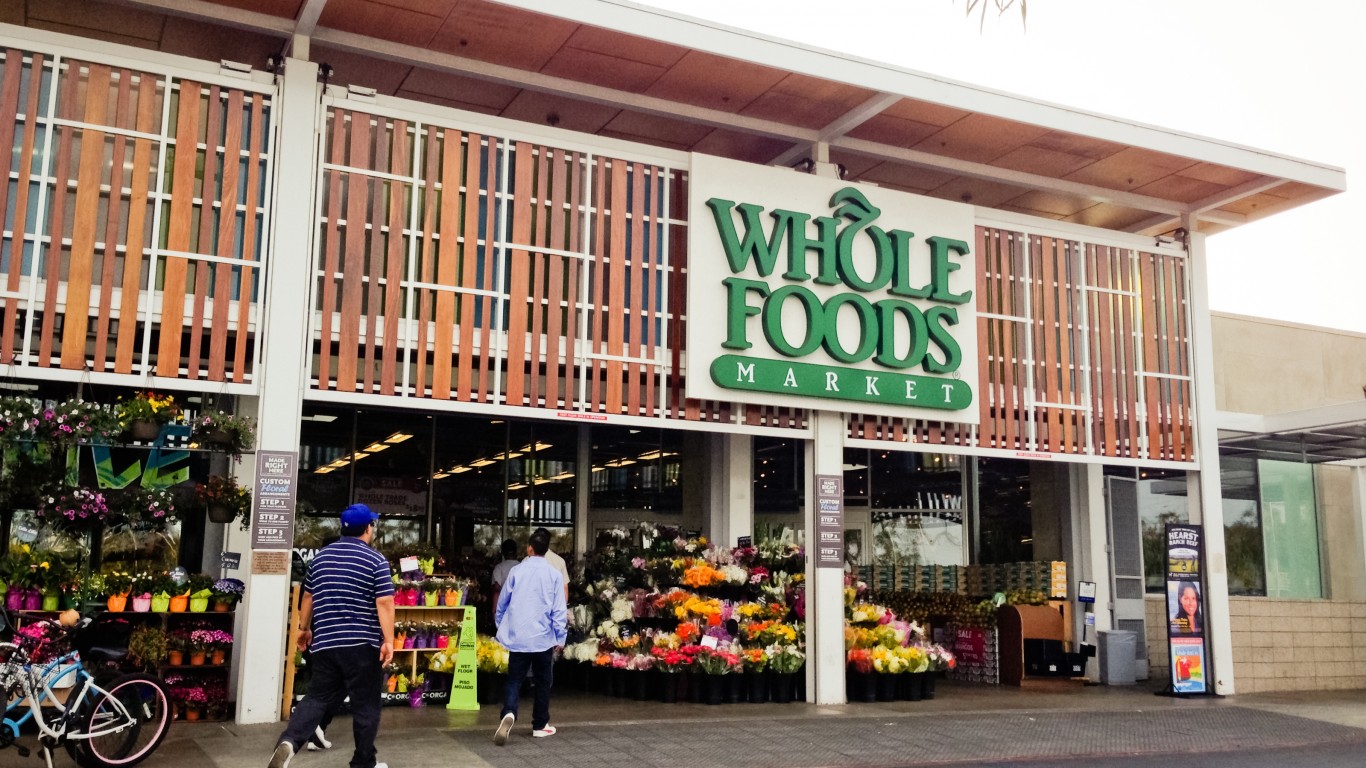
Because Trader Joe’s produces most of its own products, they are significantly cheaper than many alternatives. Additionally, it is easier to know how and where the products are sourced since you don’t have to keep track of the environmental and ecological history of every producer. Trader Joe’s says that it is dedicated to sustainability initiatives, maintaining product integrity, and reducing or preventing food waste. This includes reducing single-use plastic and the food itself. It no longer offers or sells single-use plastic bags at checkout.
It has also phased out certain foods that come from unsustainable or unethical sources. For example, it removed some foods from its stores that included ingredients from China and removed some fish dishes that used unsustainable species of fish.
Shopping at Trader Joe’s is faster, simpler, and cheaper. It has become famous for its friendly and quaint interior design, child-friendly atmosphere, and cheap prices.
Like Trader Joe’s, Whole Foods has eliminated single-use grocery bags at checkout. It even serves as a place for shoppers to recycle their plastic bags from other stores. It has partnered with a number of organizations to help support humanitarian and environmental causes. These include the Animal Compassion Foundation and the Global Animal Partnership to support farm animals being raised safely and naturally, and the Marine Stewardship Council to support ethical fisheries and other charitable causes.
In general, the food available at Whole Foods is safer and healthier than similar foods at other grocery stores. This is true even if it doesn’t quite meet the lofty claims of the company all the time. Alternative foods, healthier ingredients, and organic produce have made Whole Foods a hot spot for wealthier Americans who want to eat healthier while supporting more ethical companies.
Cons of Shopping at Trader Joe’s and Whole Foods
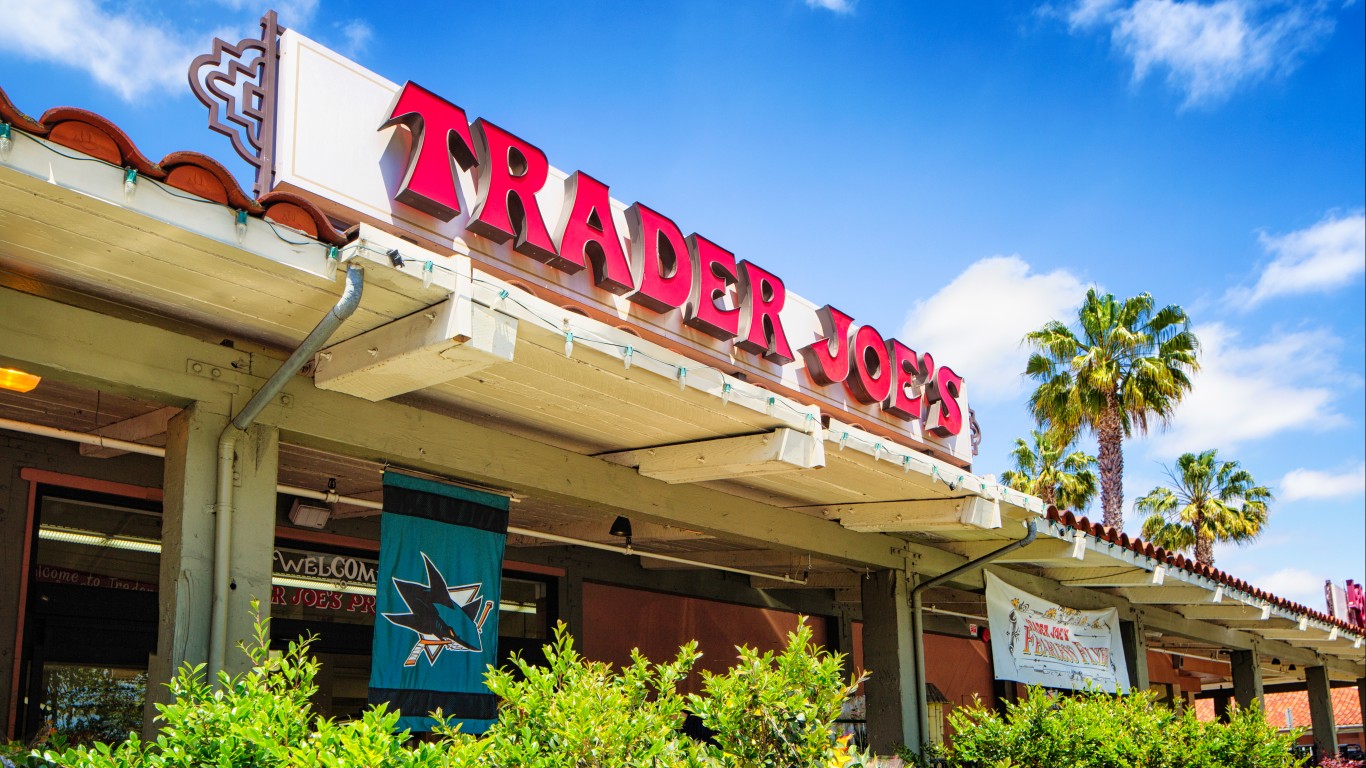
As is typical of most American companies, things aren’t always what they seem, or as wholesome as they appear. Both Trader Joe’s and Whole Foods have spotty records when it comes to labor relations, sustainability, and other areas.
Trader Joe’s has participated in union busting, and anti-labor practices, and continues to use a large amount of single-use plastic. While the amount might not be more than other grocery stores, it does undermine the company’s focus on sustainability and eco-friendly products. It has the lowest score on Green America’s ranking of chocolate because it has not made any comment or effort to address child labor, slavery, or deforestation in the production of its chocolate.
Some community members have accused Trader Joe’s of being a major tool of gentrification in minority neighborhoods. Even though Trader Joe’s does offer lower-priced products, its primary demographic is upper-middle-class people.
Whole Foods is categorized as anti-labor by most worker and advocacy groups. This should come as no surprise since it is owned by Amazon. It has also come under criticism for its practice of favoring its own brand of food over local-produced alternatives and forcing smaller, organic stores out of business. Some reporters and researchers have said that Whole Foods does not live up to its goals of sustainability and ethics, and has become caught up in competing with other grocery stores. Whole Foods has participated in union busting, has misled and lied to customers about the contents and value of its products, and destroyed fragile environments by building new stores and parking lots in certain areas.
Both stores offer a limited selection of products for customers. If you have yet to enter either store, you might be surprised at the limited selection if you are used to larger grocery stores or American-style big-box retailers.
Conclusion
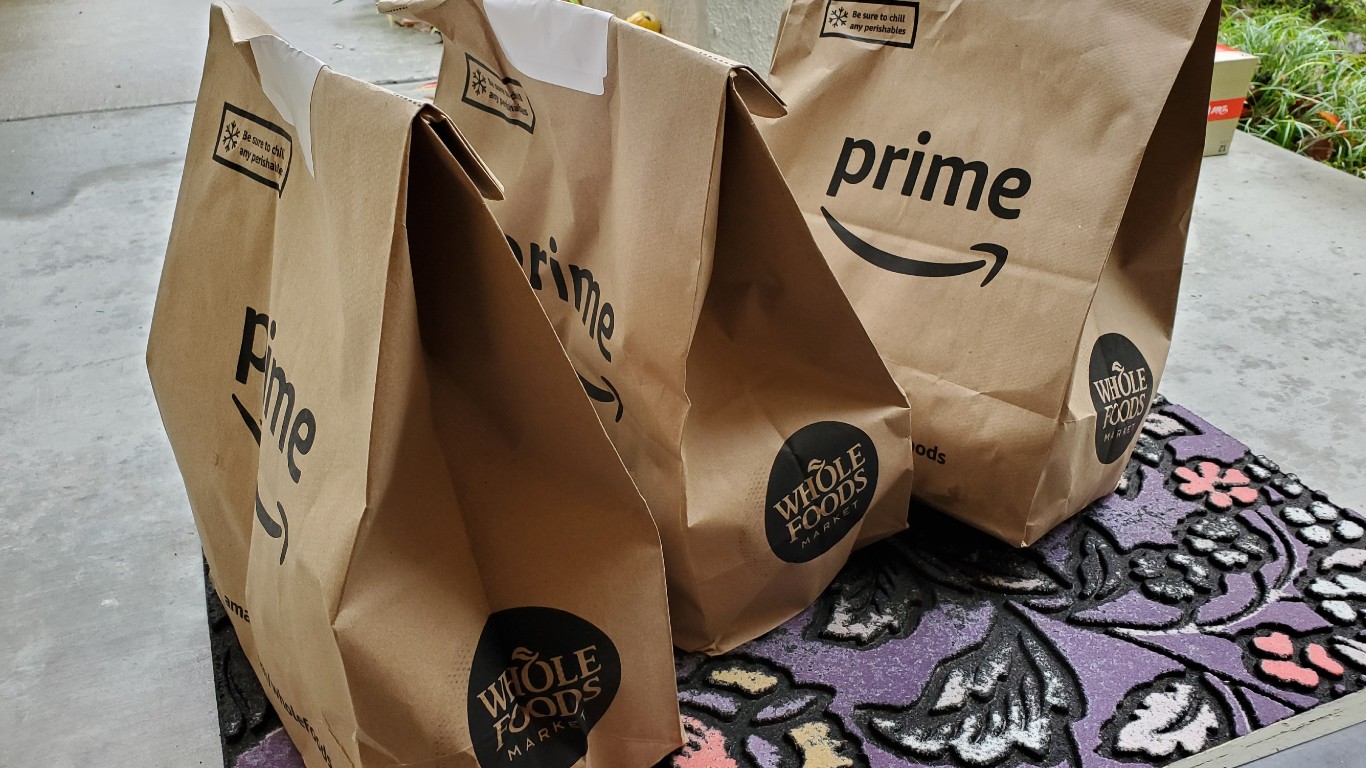
Given the availability of food and ingredients in middle and upper-class neighborhoods, the decisions of where to go shopping move away from convenience and to other considerations. These include the selection available, the general atmosphere of the store, and price. Poorer neighborhoods generally don’t have the option of making this choice.
However, as younger generations begin to spend more money in the economy, the ethical and moral background of their purchases has become much more important than in generations past. Young shoppers are much more aware of where their money is going and what they are supporting with their purchases. This is a strong factor in why Trader Joe’s and Whole Foods, along with local grocers and farmers, have seen a growth in success in recent years. Shoppers are increasingly discerning with their hard-earned money and prefer to shop at places that respect their time, money, and their planet. When it comes to choosing between Whole Foods or Trader Joe’s, however, it really boils down to taste and style.
Cash Back Credit Cards Have Never Been This Good
Credit card companies are at war, handing out free rewards and benefits to win the best customers. A good cash back card can be worth thousands of dollars a year in free money, not to mention other perks like travel, insurance, and access to fancy lounges. See our top picks for the best credit cards today. You won’t want to miss some of these offers.
Flywheel Publishing has partnered with CardRatings for our coverage of credit card products. Flywheel Publishing and CardRatings may receive a commission from card issuers.
Thank you for reading! Have some feedback for us?
Contact the 24/7 Wall St. editorial team.

